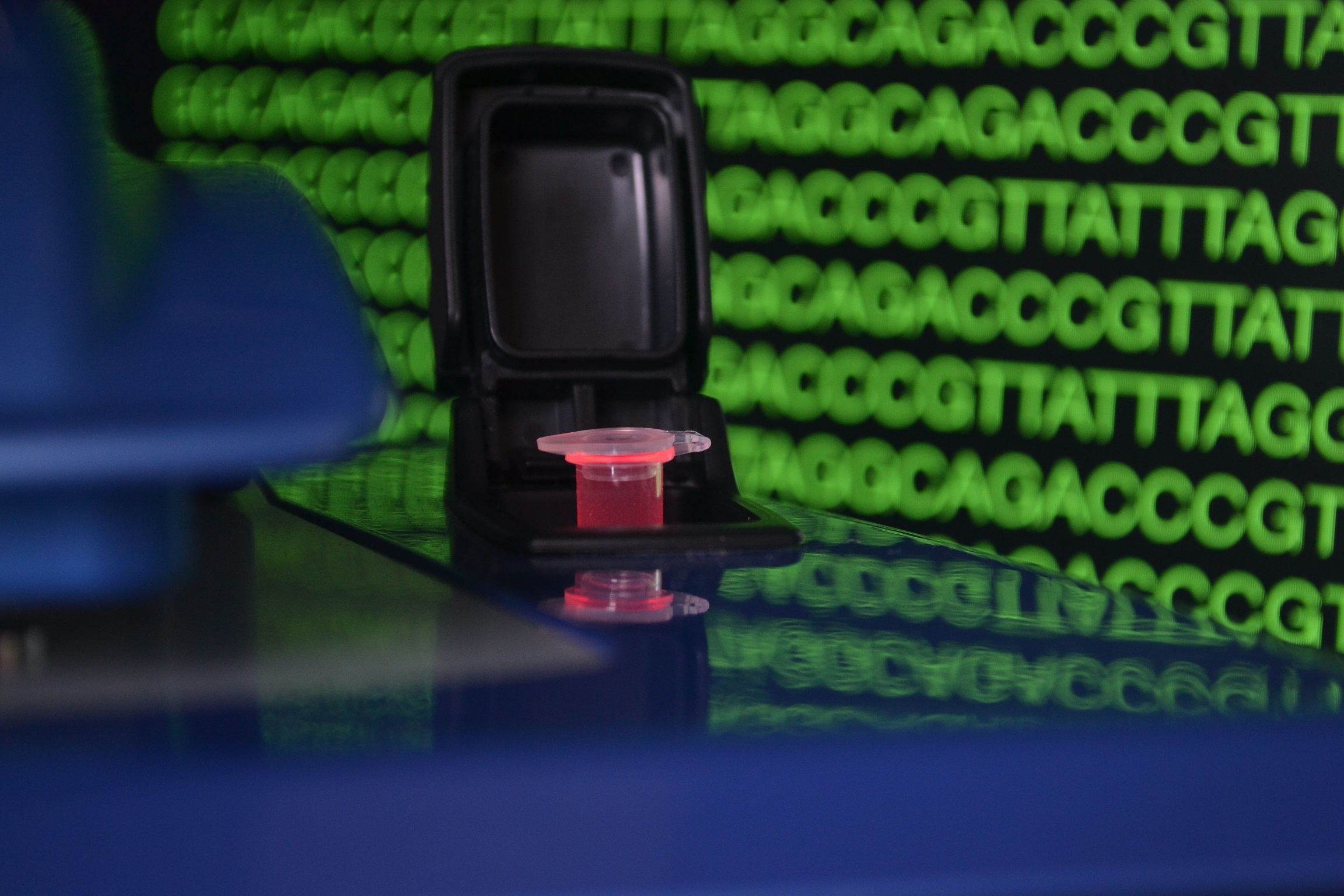Originally published 09/21/2018 and updated on 08/02/2023
Fluorometers are indispensable tools used for precise quantitation of various biological molecules, such as nucleic acids and proteins, in microliter (μL) samples. These instruments play a crucial role in a wide range of biochemical fields, including life sciences, environmental monitoring, pharmaceutical quality control, and bioengineering applications. By providing high-sensitivity measurements, fluorometers enable the quantification of samples at sub-picogram concentrations. This blog post will look at the working principles of a fluorometer, shedding light on its underlying mechanisms and highlighting its significance in scientific research and analysis.
Understanding the Functionality of a Fluorometer
A fluorometer operates by quantifying biological analytes based on fluorescence. To begin the process, the sample of interest needs to be bound to a specific fluorescent agent and loaded into the instrument using a polypropylene tube. There are many commercially available fluorescent reagents, including nucleic acid dyes, cell function dyes, and fluorescent proteins, which enable scientists to tailor their experiments to their specific needs.
Fluorophores possess the unique ability to absorb light at a specific excitation wavelength and subsequently emit, or fluoresce, light at a longer wavelength with reduced energy. Certain fluorophores have enhanced fluorescence when bound to specific analytes, such as double-stranded DNA (dsDNA). By directly correlating the fluorescent intensity (RFU) of the assay to the number of desired biomolecules within the sample, scientists can accurately measure their concentrations.
The Sensitivity of Fluorometry
Fluorometry is an extremely sensitive method, enabling the detection of biomolecules at sensitivities as low as 0.0005 nanograms per microliter (ng/μL). Moreover, fluorometry offers exclusive detection for the desired analytes, effectively eliminating measurement inaccuracies that may arise from sample contaminants or unknown elements. By mathematically quantifying concentrations of unknowns against the fluorescent intensity of known biomolecules within the assay, scientists can reliably determine the precise concentration levels of the target molecules.
Challenges of Conventional Fluorometry
Despite its numerous advantages, conventional fluorometers still have a primary limitation: a lack of assay independence. These instruments typically come pre-engineered with limited excitation and emission channels, thereby restricting the choice of fluorescent assays. However, DeNovix has revolutionized the field by designing a novel fluorometer that addresses this challenge. Our fluorometers are equipped with four emission and excitation channels, offering unparalleled flexibility in selecting fluorescent assays. By covering a wide range of excitation (375 – 635 nm) and emission (435 –740 nm) spectra, these instruments support an expanded array of quantification assays suitable for measuring the concentration levels of dsDNA, ssDNA, RNA, proteins, and even custom assays.
Introducing DeNovix Fluorometers
Fluorometers play a vital role in scientific research and analysis, enabling the precise quantification of biological molecules in various fields. By capitalizing on the principle of fluorescence, these instruments provide high-sensitivity measurements, allowing scientists to accurately determine the concentration levels of nucleic acids and proteins in their samples.
Conventional fluorometers have traditionally been limited in their flexibility, but we, DeNovix, have introduced a new era of fluorometry by offering instruments with expanded assay options. With our advanced fluorometers, researchers can explore a broader range of quantification assays, ensuring unmatched specificity and sensitivity in their experiments.
At DeNovix, we manufacture innovative measurement devices specifically tailored for research applications. We take pride in being one of the leading suppliers of fluorescence-based measuring instruments, offering unique fluorometer technology that guarantees exceptional flexibility, sensitivity, and reproducibility in fluorometric measurements.
DS-11 Series
Our DS-11 Series instruments combine high dynamic range fluorometry equipment with microvolume absorbance capacities, providing the best-in-class detection for biomolecules in microliter samples. They are compact, easy to use, and allow full spectrum UV-Vis analysis and fluorescence, which is ideal for rapid nucleic acid and protein quantification.
QFX Fluorometer
Another solution we provide is the QFX Fluorometer for sensitive, reproducible fluorometric applications. It is another easy-to-use instrument, offering an intuitive touchscreen interface for error-free running and requires no setting up. The QFX is used for nucleic acid and protein quantification and can be paired with custom fluorescence apps to enable fluorophore analysis. Compared to other fluorometers in its class, the QFX excels in sensitivity, reproducibility, and data quality.
Contact our team of expert application scientists to learn more about DeNovix fluorometers.




